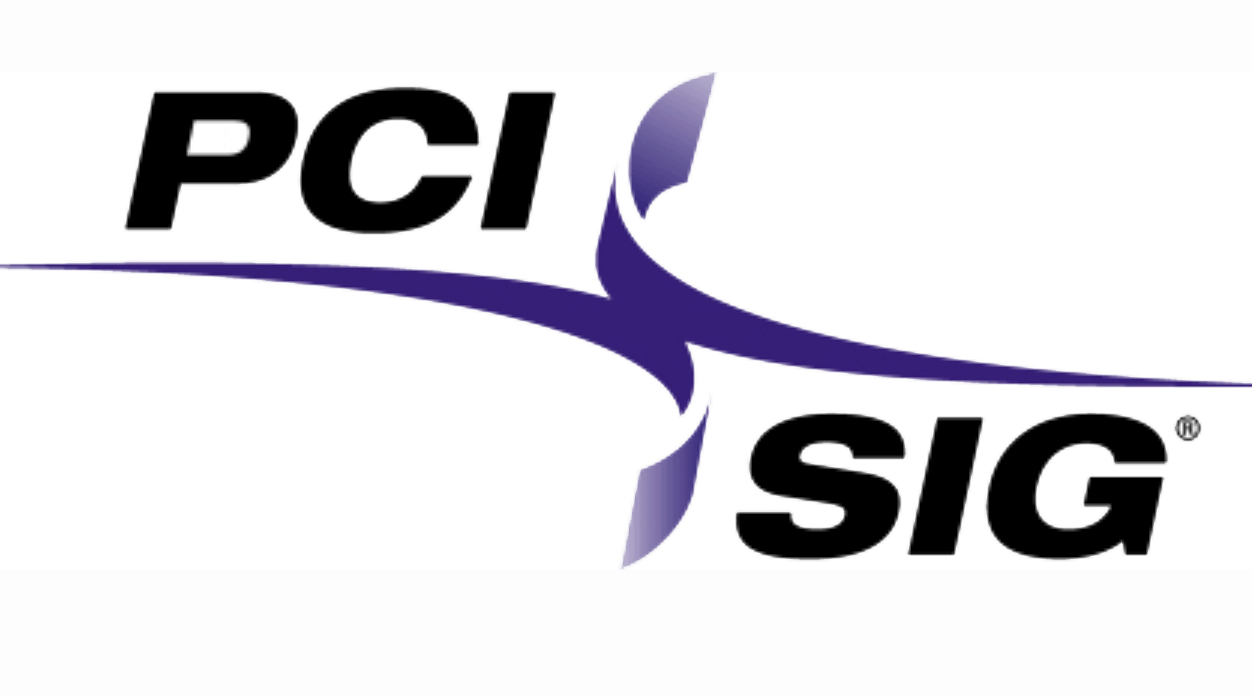Ericsson demonstrated its Cloud RAN solution running on the new 4th Gen Intel Xeon Scalable processors with Intel vRAN Boost. This milestone marks a significant step towards a fully commercialized Cloud RAN solution based on HPE ProLiant DL110 servers.
Carried out at Ericsson’s Open Lab in Ottawa, the first end-to-end Cloud RAN call on 4th Gen Intel Xeon Scalable processors with Intel vRAN Boost on the HPE ProLiant DL110 server, marks a significant step forward in helping service providers meet the diverse needs for more open, resilient, sustainable, and intelligent mobile networks.
David Hammarwall, Head of Product Area Networks, at Ericsson, says: “This achievement shows our commitment to driving Open RAN forward, with our high-performing Cloud RAN solution and extensive support of the larger ecosystem. Working with partners like Intel and HPE, we are actively promoting open standards and delivering intelligent and sustainable solutions for future networks.”
Dan Rodriguez, Corporate Vice President and General Manager, Network and Edge Solutions Group, at Intel, says: “Achieving this significant milestone with Ericsson and HPE is possible only through open industry collaboration. Strong ecosystem engagements like this are absolutely critical to drive global innovation and commercial deployments at scale. Virtualization of the RAN is the next major transformation as we work to advance mobile networks into the future.”
https://www.ericsson.com/en/press-releases/2023/6/ericsson-first-cloud-ran-call-with-intel-latest-generation-processor-on-hpe-server























